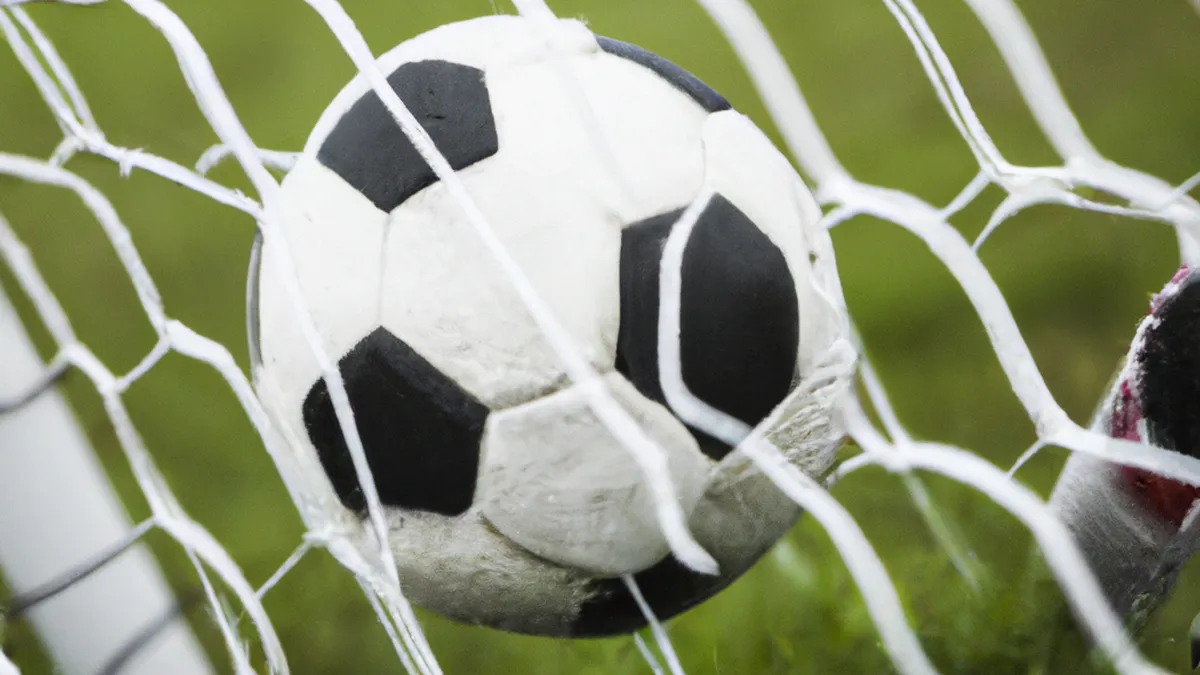Teqball Safety: Protecting Players from Injury
Common Teqball Injuries and PreventionTeqball combines soccer and table tennis elements on a specially designed curved table. Players engage in fast-paced rallies, intricate footwork, and strategic gameplay. However, injuries can occur in any sport. Understanding common injuries and prevention strategies helps players enjoy teqball longer. This blog post explores common teqball injuries, prevention tips, and benefits of staying injury-free.
Common Teqball Injuries
Injuries often occur from quick movements, agility, and intense play. Here are common injuries players may face:
1. Ankle Sprains
Ankle sprains frequently affect teqball players. They happen when players pivot or change direction suddenly. This movement stretches or tears ankle ligaments. Symptoms include swelling, pain, bruising, and difficulty walking. Ankle sprains can range from mild strains to complete ligament tears.
2. Hamstring Strains
Hamstring strains occur when players sprint or kick the ball forcefully. Tight or fatigued muscles increase the risk of this injury. Players may tear muscle fibers in the thigh’s back, causing pain, swelling, and limited motion. A sudden pull or tear often indicates this injury, and recovery time varies by severity.
3. Knee Injuries
Knee injuries result from sudden stops, awkward landings, or twisting motions. Players may experience ligament tears, such as ACL or MCL tears, or tendonitis. Symptoms include pain, swelling, and knee instability. These injuries may require extensive rehabilitation and could lead to long-term issues if untreated.
4. Muscle Strains
Besides hamstring strains, players can strain muscles in the quadriceps, calves, or groin. Overexertion or inadequate warm-up often causes these injuries. Symptoms include localized pain, swelling, and muscle spasms.
5. Overuse Injuries
Overuse injuries, like tendonitis or bursitis, result from repetitive motions during play. These injuries develop gradually and can affect various body parts, including shoulders, elbows, and knees. Symptoms typically include activity-related pain that improves with rest.
Prevention Tips
As an Amazon Associate I earn from qualifying purchases.
Gear tip: consider soccer cleats, shin guards, and compression sleeves to support this topic.
Preventing injuries in teqball ensures a long and enjoyable playing experience. Here are effective strategies to minimize injury risk:
1. Warm-Up Properly
Always start with a proper warm-up routine before playing. Spend at least ten to fifteen minutes preparing your body.
Conclusion
Injury awareness and prevention enhance players’ enjoyment of teqball. Follow these tips to stay safe while playing.
Below are related products based on this post:
FAQ
What are common injuries in teqball?
Common injuries in teqball include ankle sprains, hamstring strains, knee injuries, muscle strains, and overuse injuries. These injuries often result from quick movements, intense play, and repetitive motions during the game.
How can I prevent injuries while playing teqball?
To prevent injuries in teqball, it is essential to start with a proper warm-up routine that lasts at least ten to fifteen minutes. Additionally, players should focus on maintaining flexibility and strength, as well as listening to their bodies to avoid overexertion.
What are the symptoms of a hamstring strain?
Symptoms of a hamstring strain include pain, swelling, and limited motion in the back of the thigh. A sudden pull or tear during activities like sprinting or kicking can indicate this type of injury, and the recovery time varies depending on its severity.















Post Comment